
They’re rebuilding Lincoln Castle That’s a bigger story than it sounds
[caption id="StonebyStone_Feature" align="aligncenter" width="1024"]
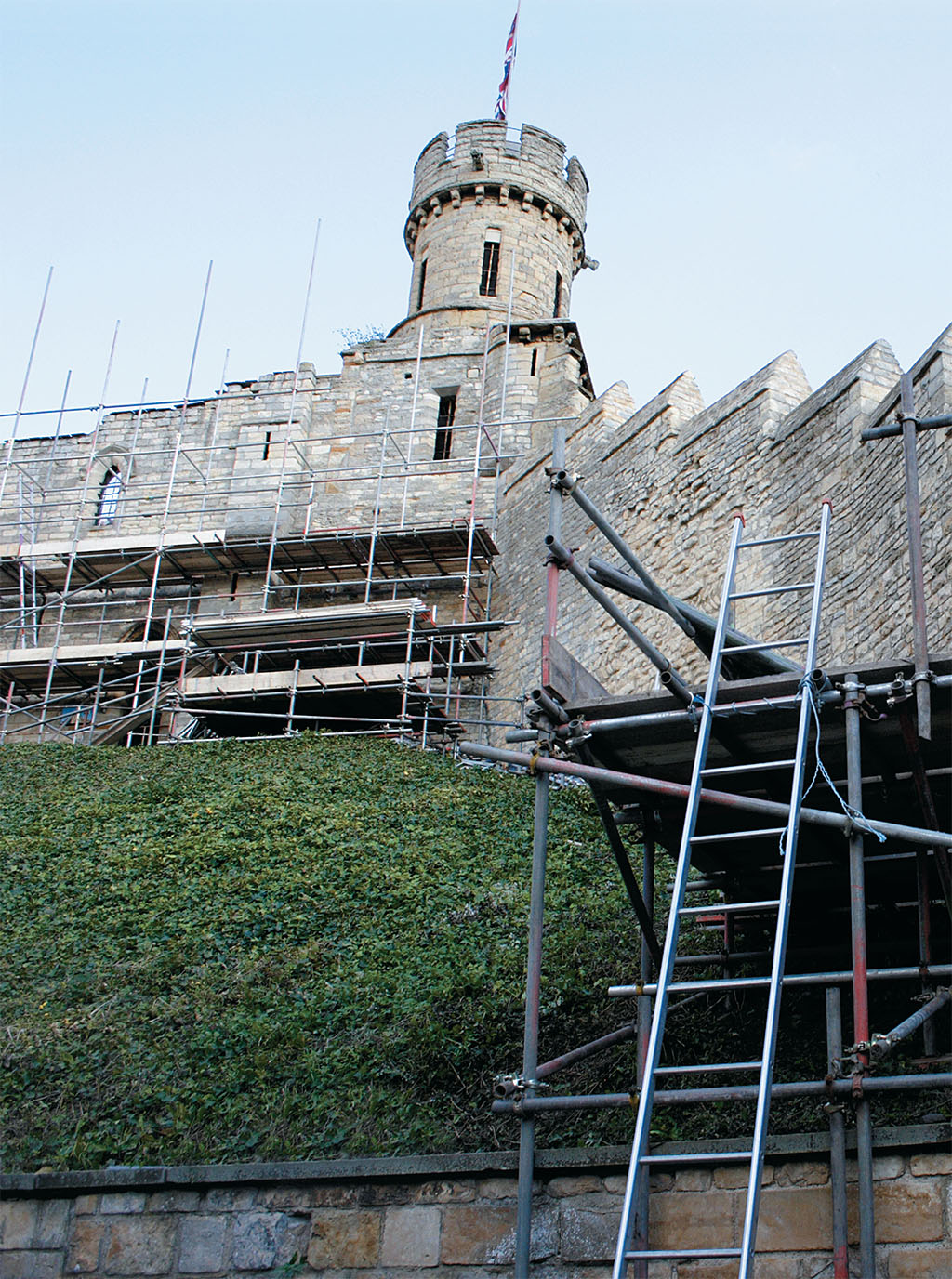
DANA HUNTLEY
What’s so unusual about a castle being rebuilt? Over their centuries of working life, the many hundreds of castles and castle ruins across Britain were almost all rebuilt at some point or other. Magnates, kings and nobles have always attempted to keep up with the times and the Joneses. Though some grand fortresses, like Alnwick Castle and Arundel Castle have been retained as noble residences, of course, most of those medieval castles have been relegated to the reliquary of history. Their “rebuilding” days are over.
Unlike most castles, however, whose functional military use became obsolete 500 years ago, Lincoln Castle has always been a working complex. Within the curtain walls that completely surround the three-acre site, the city’s Crown Court sits at the head of a grassy lawn. To the south, a large brick Victorian prison has been abandoned since 1878. It houses displays on the castle and the prison, and its unique prison chapel has long been open to visitors. To the north and west, well tended lawns and gardens slope up toward the medieval towers along the wall.
Sitting just across a cobbled courtyard from majestic Lincoln Cathedral, the castle crowns a promontory above the River Witham that has been an important settlement since the time of the Romans. From the castle parapets there are stunning views over the city sprawled down the slopes and across the River Witham to the plains of Lincolnshire beyond—as well as nextdoor neighbor Lincoln Cathedral.
William the Conqueror put up Lincoln Castle in 1068, just two years after winning the throne at the Battle of Hastings. When William arrived to display his power, Lincoln was one of the largest, most important commercial towns in England (population about 8,000). Long before William and the Normans arrived, the Romans had fortified the site there at the intersection of major Roman highways, Ermine Street and the Fosse Way.

DANA HUNTLEY
Though the keeps and interior buildings have been altered in form and function through the centuries, the castle’s 12th-century curtain walls have remained intact and show the wear-and-tear of their age. Built of soft Lincolnshire limestone and mortar, centuries of weathering and water have undermined the walls’ integrity. It just wouldn’t do to let such an important part of Lincoln’s history, heritage, civic life and attraction to visitors crumble away.
Enter Mary Powell, Tourism Development Director for Lincolnshire County Council. Powell is the project manager who has led the crusade to repair and restore the walls, and in the process, renovate and repurpose the entire castle complex. It’s a £22 million project, more than half of which has come from the Heritage Lottery, with Lincolnshire County Council the major local financial supporter. Powell has spent four years raising the money, working with the conservation architect and laying the groundwork for the building underway. She was kind enough to show me around the work in progress. Though daily life goes on at the Crown Court, much of the castle grounds look like a construction site.
The heart of the castle’s rebuilding project is those walls. The south curtain wall was in scaffolding during my visit. Skilled stonemasons are repairing, reconstructing and rending waterproof the castle’s curtain walls. When they are finished, visitors will be able to walk the circumference of the walls for the first time.
Repair of the curtain wall, however, is only the beginning of the building program. Just within the main gate, a new building on the east wall will feature a visitors’ center, café, classrooms (for the more 10,000 school children who visit the castle yearly) and an elevator to provide access to the wall for the disabled.
Attached to the prison, a new pavilion will house Lincoln’s copy of the original Magna Carta sealed by King John in 1215, with displays and a cinema telling Magna Carta’s story. With more than two millennia of history in the ground at the site, however, archaeologists must sift down through six feet of earth on the site—one small backhoe bucketful at a time—to make sure that no part of the area’s rich history is lost during construction.
[caption id="StonebyStone_img2" align="aligncenter" width="1024"]
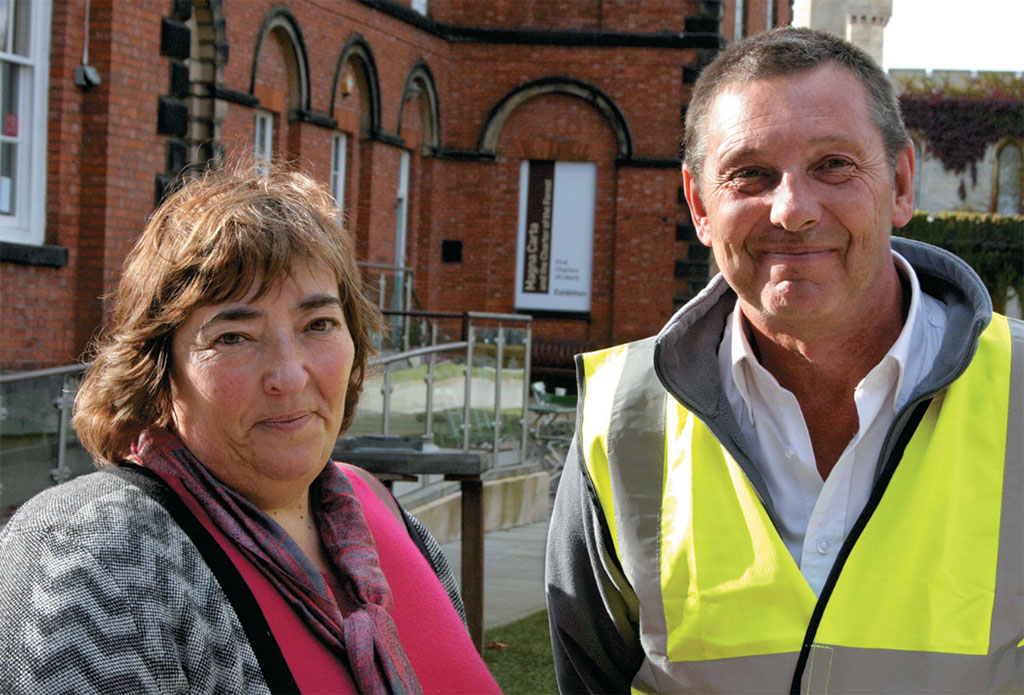
DANA HUNTLEY
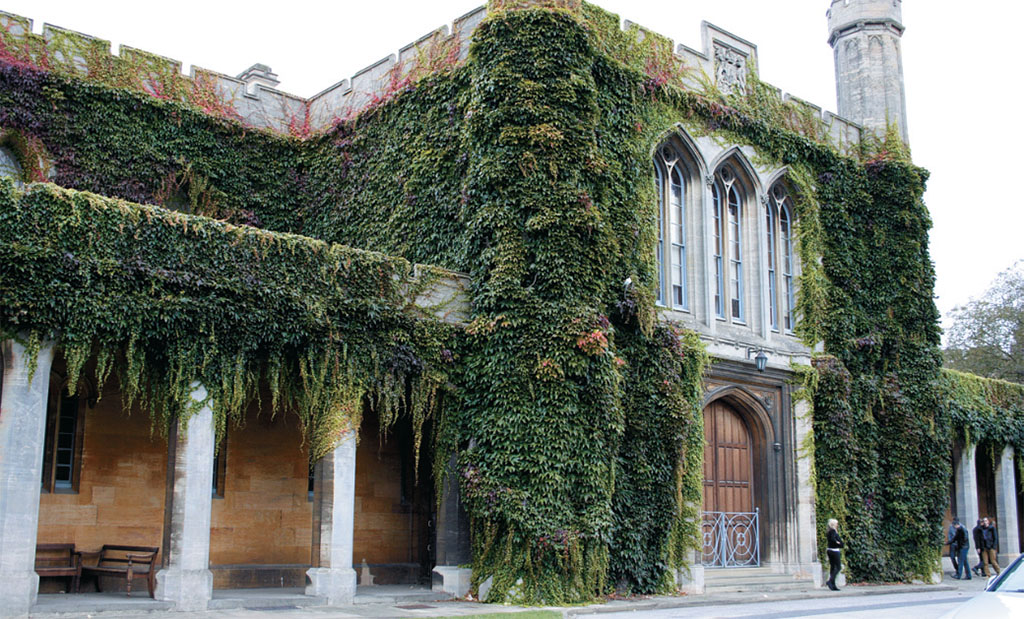
DANA HUNTLEY
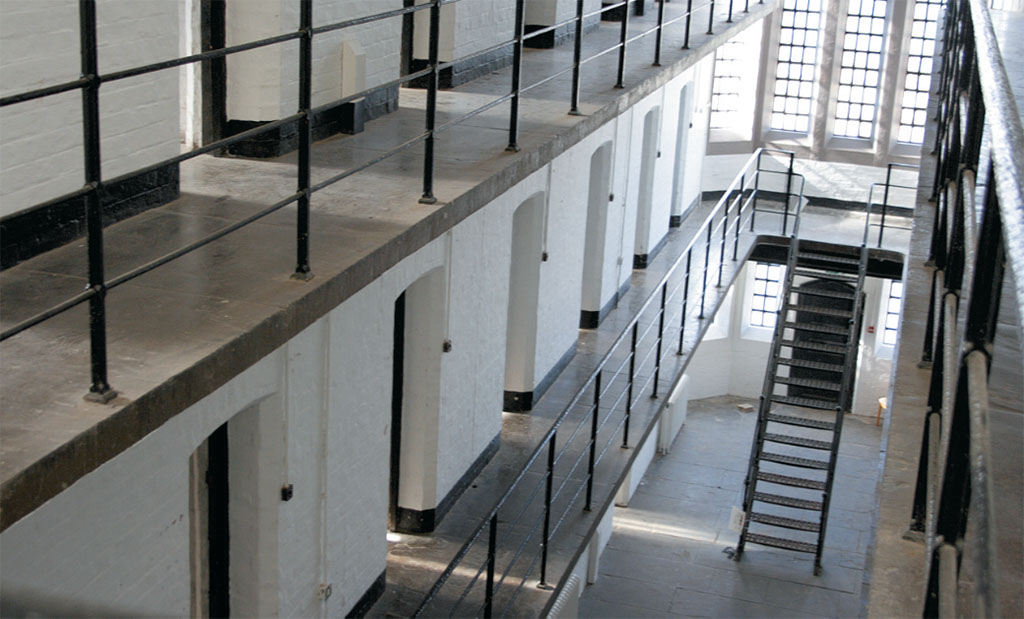
DANA HUNTLEY
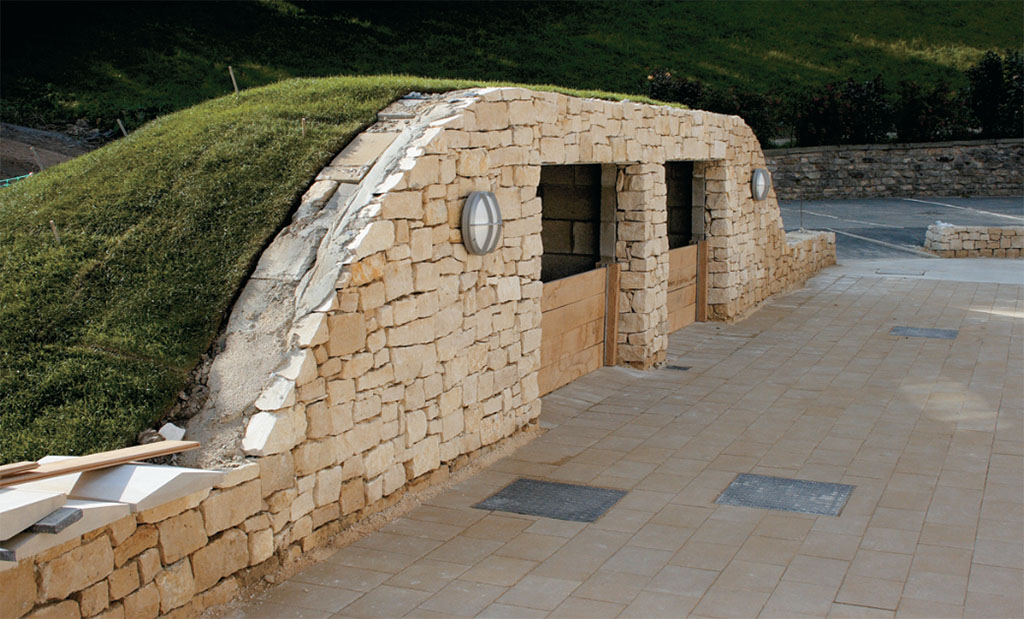
DANA HUNTLEY
“We’re hoping to be finished to celebrate Magna Carta’s 800th birthday, so time isn’t on our side,” Powell said. “But it’s all doable.”
The Victorian prison itself is being tidied up and will be open to visitors for the first time. Powell took me on a behind-the-scenes tour of the classic tiered lockup. If it looks familiar to many British Heritage readers, that’s not surprising. The prison was the shooting location of the prison scenes with poor Bates in Downton Abbey. Many of the filming props were still in place during my call.
Perhaps the most creative and ambitious element of Lincoln Castle’s renovation, though, is its new Heritage Skills Centre. After all, you don’t just call any old local contractor to repair some 12th-century stonework. The maintenance of the physical fabric of Britain’s medieval castles, cathedrals, churches and such depends upon craftsmen who have these heritage skills.
“There are few places where these skills are taught and handed down,” says Powell. “The Skills Centre fills a real need in stone masonry and other building crafts, gilding, textiles and upholstery.” Among other certifications, the Centre will provide Britain’s first “qualification” in stained glass—a craft course that will likely take 18-months.
The building itself that houses the Skills Centre looks admittedly anachronistic for its castle setting. Built of all-natural materials on a long-abandoned lower level of the grounds, the structure is topped by a grass-turfed roof, and visitors will be able to look down into the workshops below through broad windows. To one side, the workshop will house stone masonry and building crafts; the other side will house the “clean” crafts of stained glass, gilding and such.
I met works manager Peter Winson. He’s been doing 11-hour days on the site, but his enthusiasm for the project is undiminished. “I’ve thoroughly enjoyed it. The castle staff have been brilliant,” Winson says brightly. At one point, Winson and his team poured the concrete foundations of the Skills Centre, 257 cubic meters, in one 28-hour pour. “Still,” Winson admits with a twinkling eye, “I’d do it again.”
In many circumstances, trying to pour all this new wine into old skins just wouldn’t work, or wouldn’t be tolerated, or couldn’t possibly justify the expense. At Lincoln, it does work—largely because the castle has always been an evolving, working place.
They aim to have the newly refurbished castle open by April 2015—that 800th birthday of Magna Carta. It will certainly happen if Mary Powell has anything to say about it. On the project’s completion the east and west gates will be open during daylight hours and admission will be free, as an open-air museum and park.
Among the aspects of Britain’s national culture that I’ve long admired is the ease with which Britain lives in its history. While most other places honor their history, they do so at a distance—setting the old apart from the contemporary world. Britain embraces its history into modern life, living comfortably in it like an old cloth coat. “Rebuilding” Lincoln Castle is a sterling example.
[caption id="StonebyStone_img6" align="aligncenter" width="1024"]
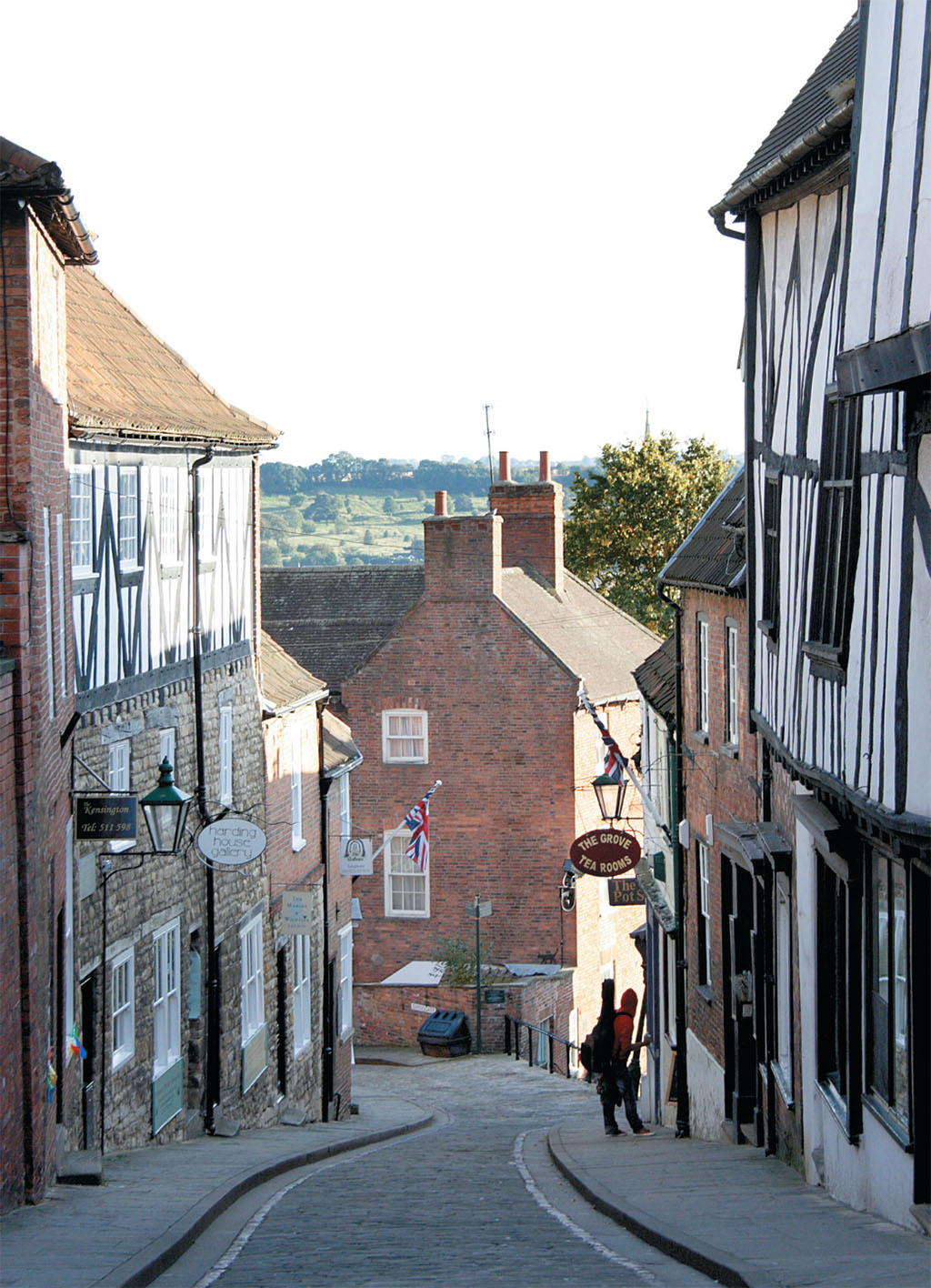
DANA HUNTLEY
[caption id="StonebyStone_img7" align="aligncenter" width="1024"]
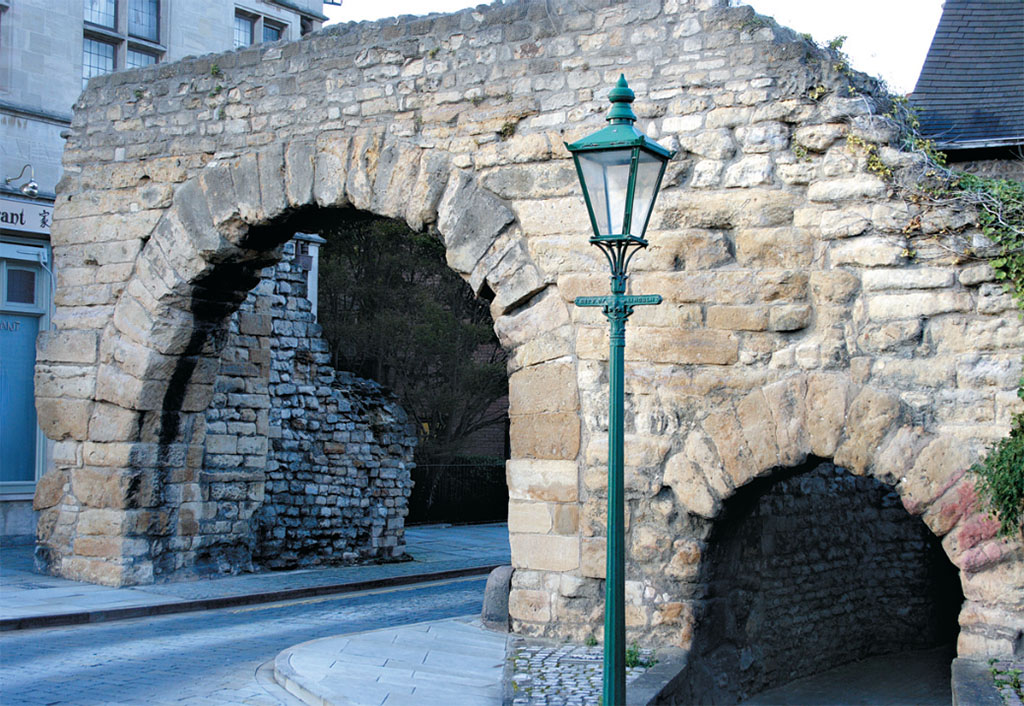
DANA HUNTLEY
[caption id="StonebyStone_img8" align="aligncenter" width="1024"]
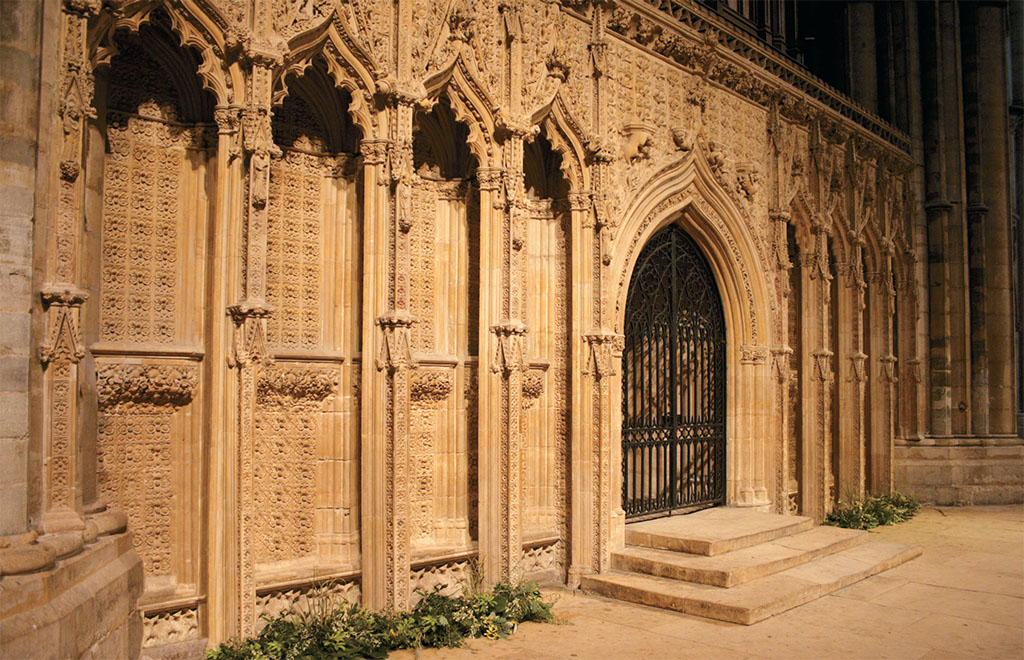
DANA HUNTLEY
JUST NEXT DOOR
Lincoln Cathedral is one of the country’s most impressive and important ecclesiastical buildings. The medieval Bishop of Lincoln was among the wealthiest and most powerful prelates in the kingdom. As such, he certainly needed a suitably impressive diocesan seat. The third-largest cathedral in England was 300 years in the building, and reflects the change in architectural styles that evolved over those centuries.





Comments